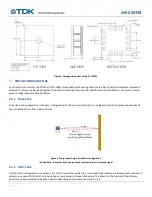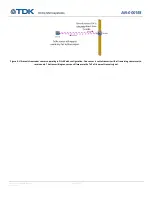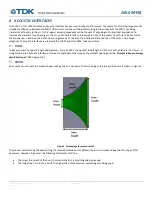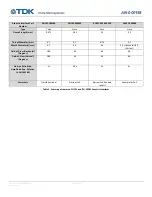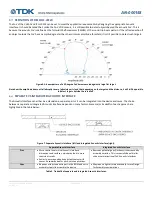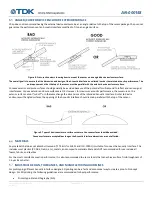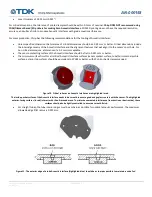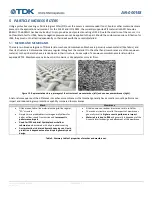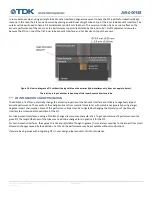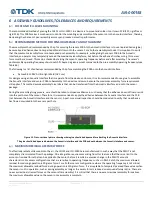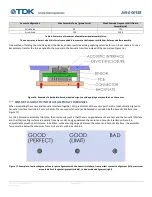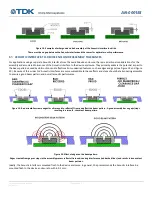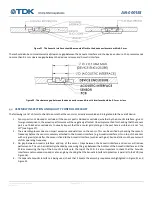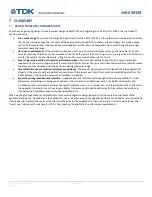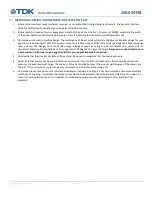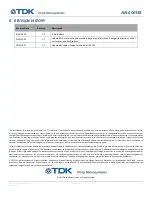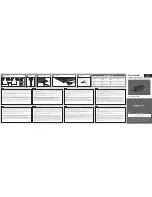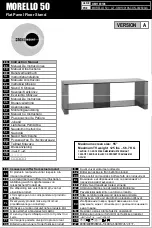
AN-000158
Document Number: AN-000158
Page 20 of 22
Revision: 1.2
7
SUMMARY
DESIGN TRADEOFF CONSIDERATIONS
As with any engineering design, there are always design tradeoffs. When integrating the CH101 or ICU-10201, the top tradeoff
considerations are:
•
FoV vs max range
: The amount of energy being emitted from the PMUT is finite. To focus the ultrasound beam in a narrow
FoV requires taking energy from the sides of the beam pattern. Conversely, to make a wide FoV beam, the sound energy
cannot be focused and must be spread out more equally in all directions. Consequently, narrow FoV designs have longer
maximum operating range.
•
Horn size vs performance
: If the application requires a horn (e.g. for increased maximum range or a narrower FoV), the
overall acoustic performance can be improved or limited by the size of the horn. In particular, the larger the size of the horn
mouth, the smaller the FoV. Generally, a longer horn has more sound output (up to a limit).
•
Level of ingress protection vs acoustic performance impact
: The more demanding
an application’s
ingress protection
requirement, the more an appropriate PIF material will restrict airflow. The more restrictive material will necessarily reduce
the amount of sound output into the air, thus reducing maximum range.
•
Assembly tolerance vs acoustic performance consistency
: The acoustic performance is the highest when the alignment of
all parts in the acoustic path are perfectly concentric with the sensor port hole. The more the assembly deviates from this
ideal alignment, the more the acoustic performance is impacted.
•
Separate vs integrated Acoustic Interface
: A separate Acoustic Interface will make tighter tolerances possible on critical
dimensions, everything else being equal. However, this will result in an additional part in the BOM and assembly and
introduce another contribution towards the overall tolerance stack-up. In comparison, an integrated Acoustic Interface has
the opposite characteristics and may require tighter tolerances and/or additional Design for Assembly considerations to
stay below the allowable maximum residual assembly force.
When working through these considerations for mechanical integration design, keep in mind the overall requirements of the
application and device. Depending on the application, one or possibly even all the negative performance tradeoffs may ultimately be
inconsequential, because the sensor still performs sufficiently for the application’s needs. As a result, it is worthwhile to
test the
“worst
-
case” design and to see how far off it is from meeting the application’s
performance requirements.

